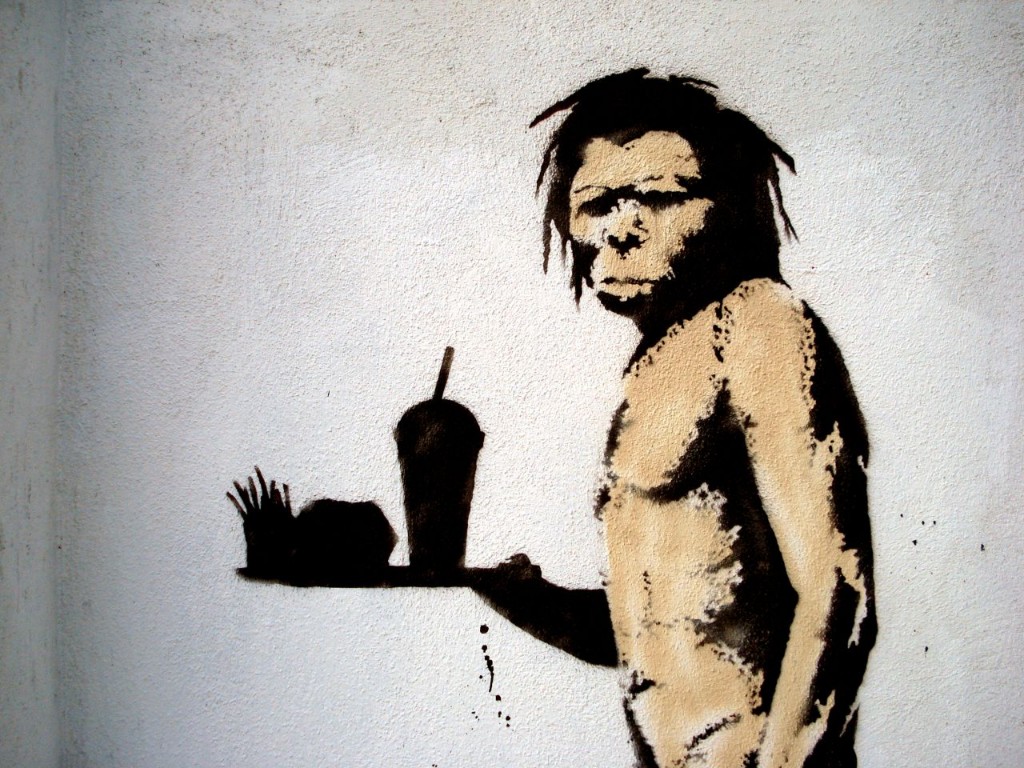Overlooked Languages: Sign Language
Continuing our look at somewhat overlooked languages, this week we are delving a little deeper into the fascinating world of sign language. In order to do that, we are going to plant the seed of a question in your heads before we start: is it ever truly possible to have one true, universal language that we can all communicate together in?
While you ponder that, let's take a look at sign language itself.
What is sign language, anyway?
Sign language is a visual means of communication through a series of gestures, facial expressions and body language that is used mostly by those who are deaf or are hearing impaired in some way.
Tune in to a vast amount of programmes nowadays with your Tivo or Netflix, and in the bottom corner of your TV screen, if the settings are enabled of course, you will likely see a sign language interpreter translating an oral language into a visual display for hearing impaired viewers.
Sign language isn't a new 'invention'; recorded history tells us that it has been around in Western societies since at least the seventeenth century, and there's even some reference to sign language in Plato's Cratylus, back in the fifth century.
Think about it though: early man, prior to evolving the vocal chords to produce much more than a well-intoned ug, used sign language to bring down animals for food and shelter, and indicate when members of their tribes were in danger from attack.
Photo via Flickr / Flickr
Sign language, then, has been around for a very long time indeed.
If we're talking strictly about sign language in the currently recognised format though, the history of it becomes a little more complex. Native American communities used a form of sign language to communicate between different tribes as a sort of lingua franca. There's the famous Martha's Vineyard Sign Language, developed by a group of early American settlers originating from Kent in England, and Juan Pablo Bonet's 1620 publication Reducción de las letras y arte para enseñar a hablar a los mudos (‘Reduction of letters and art for teaching mute people to speak’) may or may not be considered the earliest modern treaty of a language purely communicated through a visual system of speech.
Today, according to the Ethnologue, there are more than 130 'deaf sign languages' used around the world. Within that number there are several 'families' of languages; two of the more well-known are: British Sign Language (BSL) which includes Australian (Auslan) and New Zealand (NZ) sign language, and langue des signes française (LSF), which includes American (ASL) and Irish (ISL) sign language.
While there is no true international sign language, there is International Sign (Gestuno), which serves as a sort of pidgin language to bridge the gap between the different forms of sign language during international settings. And while each variant of sign language must be recognised as an individual language in its own right, it is possible for people of difference sign language backgrounds to communicate with each other using a series of basic gestures and expressions; much like the similarities between say, Spanish, Italian and Portuguese – you can say enough to get by, and make yourself understood.
Learning a new language? Check out our free placement test to see how your level measures up!
An easy way out
For those of you thinking that sign language must be a breeze to learn, because in addition to your usual facial expressions and body language all it involves is a series of hand gestures, think again.
Linguistics recognise that sign language involves all the fundamental properties of oral languages: for example, there is an alphabet to learn, there is no escaping grammar, and there are all sorts of other things to consider that you wouldn't have to were you learning a 'regular' language - handshape/form, orientation, location/place of articulation, movement, and non-manual expression.
In fact, there are six qualification levels to obtain if you want to become fluent in the visual-gestural language that is BSL, so you'll have your work cut out for you if you decide to give this language a try.
Tower of Babel?
So what's the big deal about sign language, and why are we talking about it on a regular language blog?
Well. Whether you believe in the biblical Tower of Babel story or are just impressed by the amount of languages out there and in use, you will recognise that any language in addition to your own is, in its own right, a second, or 'foreign', language.
As with any language learning, learning sign language is still a new skill acquisition, is it not? There are just as many complexities and nuances to learning sign language as there are in, say, German. So why wouldn't we recognise sign language as a bona fide language in the first place?
There are estimated to be around 70 million people in the world classed as deaf or hearing impaired. That is either a lot of new friends to discuss the R+L=J Game Of Thrones theory with, or a lot of potential customers, depending on how you view such opportunities.

Photo via Youtube / Youtube
Sign language awareness varies...
...but there are some great ambassadors out there who are turning the tide of knowledge for us, one hand gesture at a time.
Swedish sign language interpreter Tommy Krångh became an unwitting internet legend with his enthusiastic portrayal of the country's Eurovision entry in 2015.
Even in football, a sport that's notorious for ableism and exclusion of anything remotely outside of what is perceived as the 'norm', is doing its bit to demonstrate why sign language is just as important a language as any other. Well done to Watford FC for being the first football club in the Premiership to add sign language to the list of languages spoken in the locker room
If you need more examples of inclusivity, there is this beautiful rendition of Adele's Hello performed entirely in sign language. And if this Samsung promotion video, where an entire town learn sign language for one member of their community who is deaf, doesn't move you, then honestly, you have no heart at all. Or maybe you just work on Family Guy and aren't above trolling the sign language interpreter at a Comic Con panel (she doesn't seem to be complaining about it though).

Photo via Deviantart / Deviantart
So back to our original question:
Does sign language offer the opportunity to have a true, universal language? Or is that ideology merely the Torment of Tantalus (here's the Greek mythology version if you're not an SG-1 geek...)?
It is an interesting question, one that will undoubtedly lead to even more questions instead of the answer we are seeking. And as we've already pointed out: with over 130 separate sign languages recognised globally, how on earth would you combine all of those differences into just one?
Back to the drawing board it is then!
Next week we'll be reaching out to the truly incredible language that is Braille. Will we find our universal language there, we wonder?



